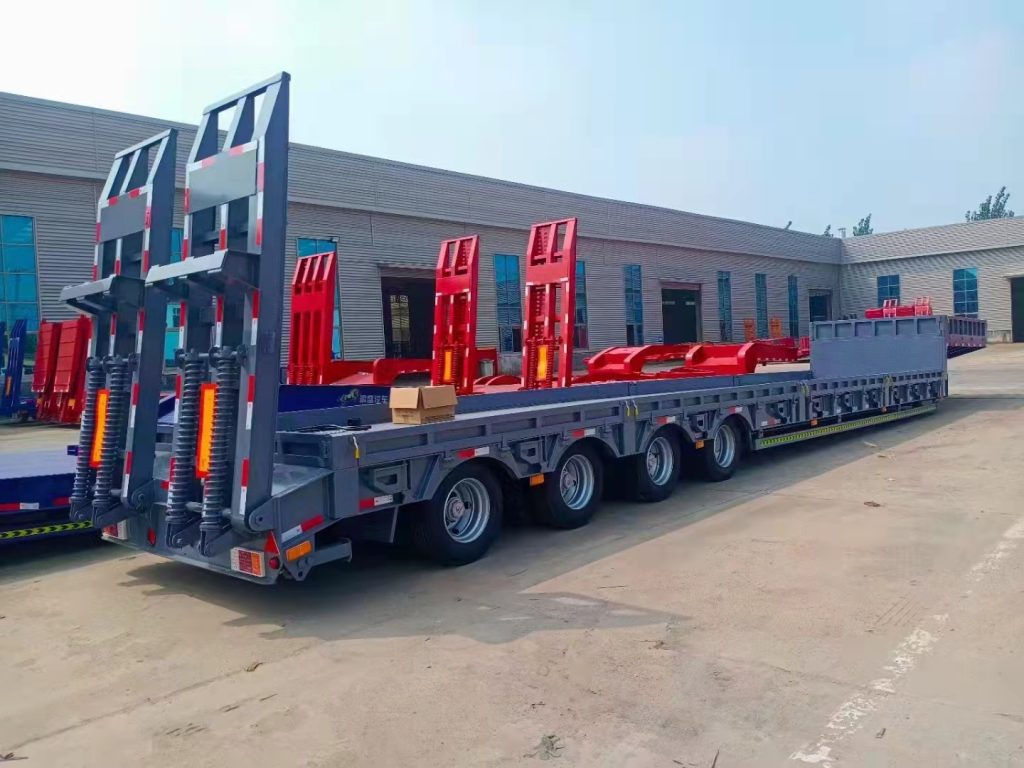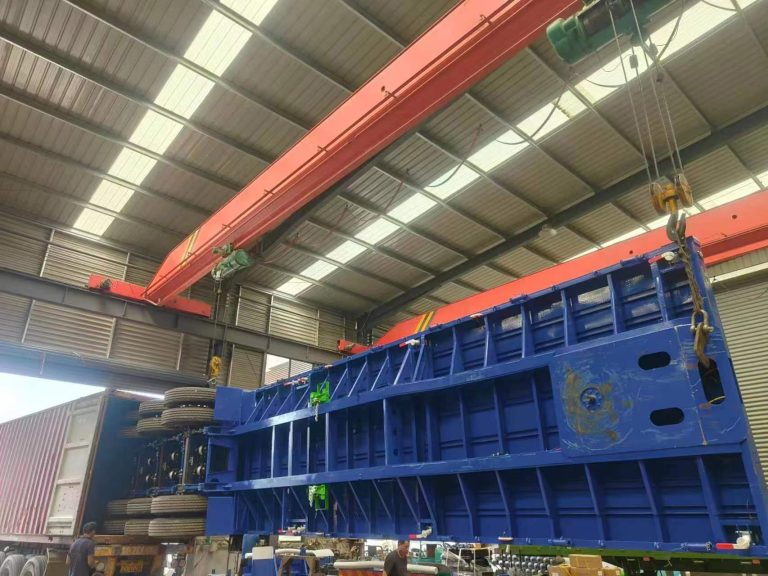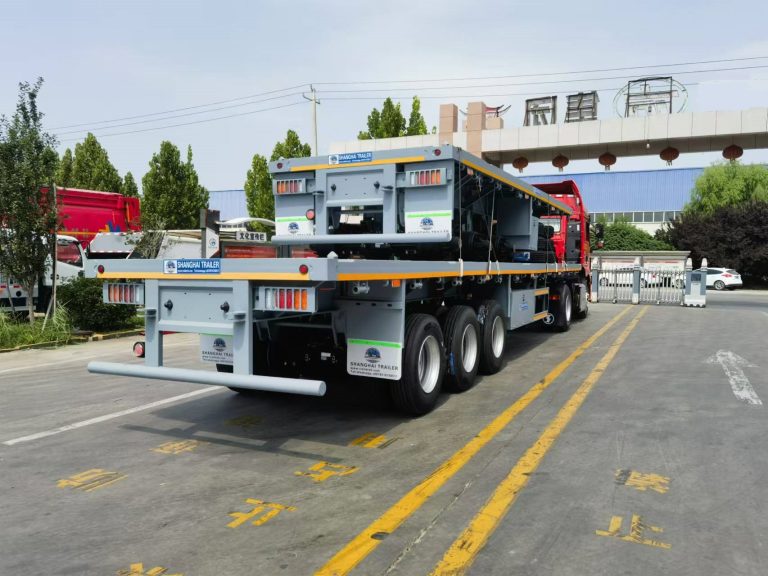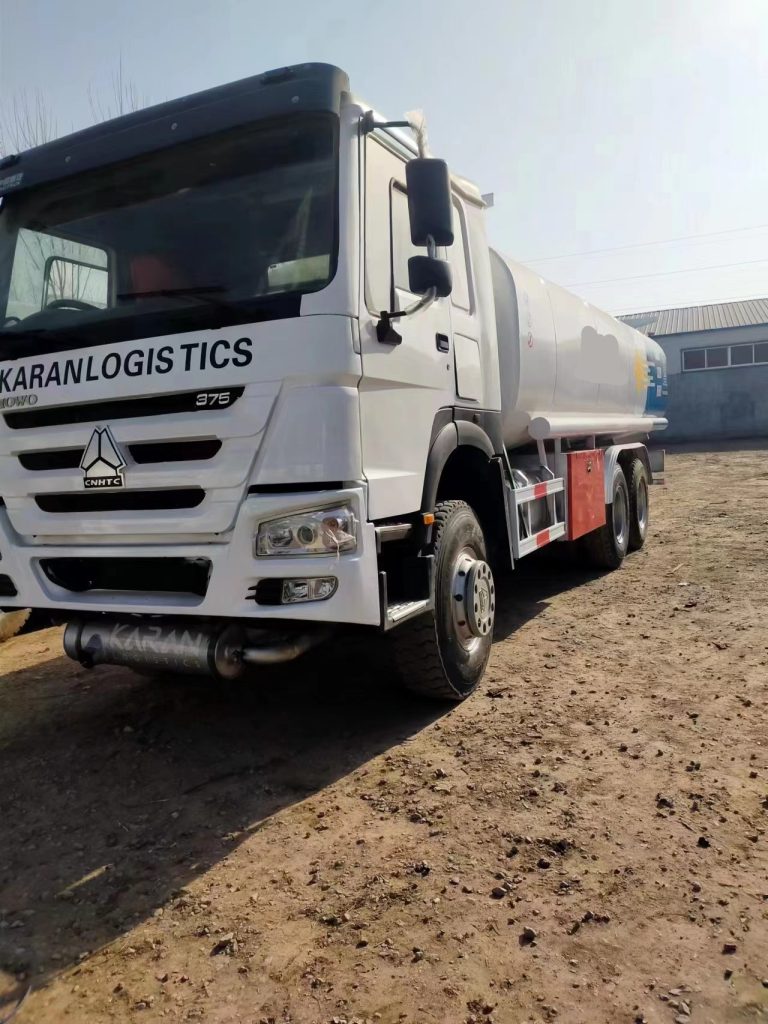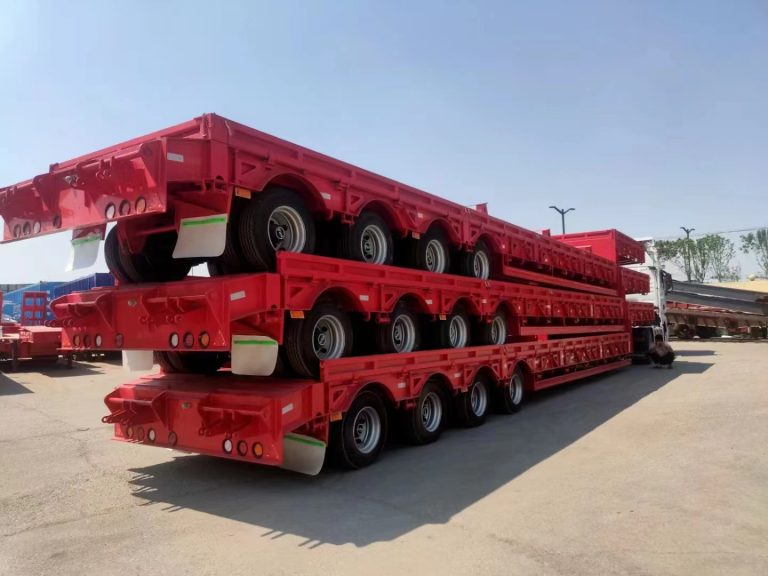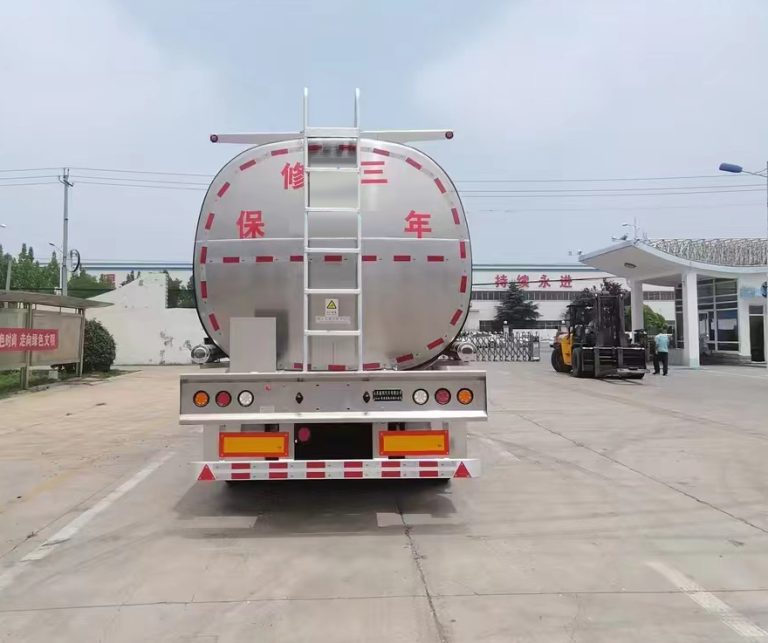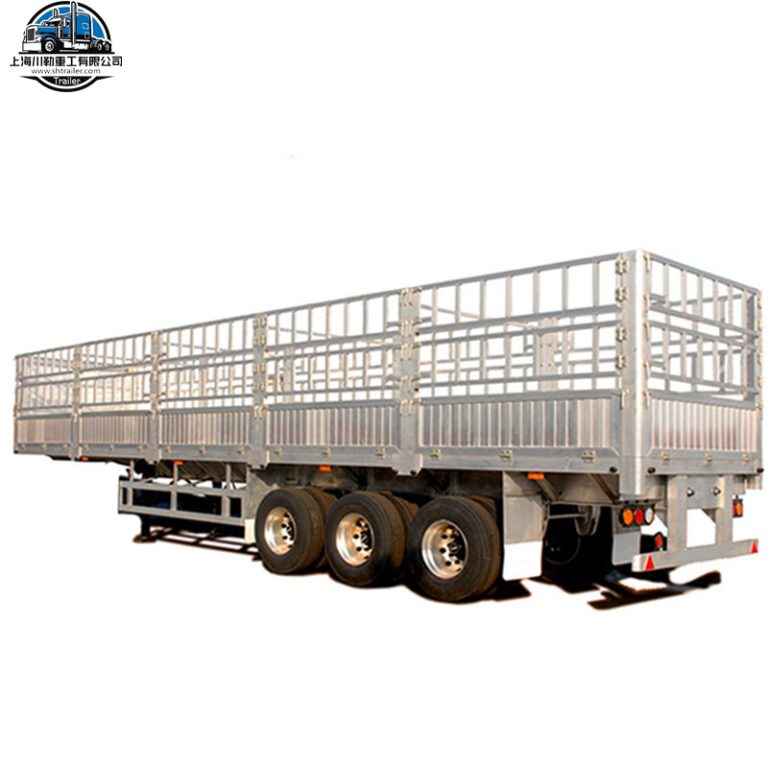The following points should be noted when maintaining a Flatbed truck:
1.The connection between the flatbed truck supercharger and the intake and exhaust pipes must be tight and leak-free. If there is a leak between the exhaust pipe and the exhaust turbine, the efficiency of the supercharger will be greatly reduced, and the exhaust temperature of the diesel engine will rise sharply, damaging the valve and supercharger.
2.Before starting a new engine, the supercharger and supercharger oil filter must be filled with clean engine oil to ensure that the supercharger bearing can be lubricated as soon as the diesel engine starts. The supercharger oil filter element must be replaced after the car has traveled 8,000 to 10,000 km.
3.Before the diesel engine of the flatbed truck is shut down, it should be operated at idle speed for 3 to 5 minutes to reduce the speed and temperature of the supercharger, and monitor the sound of the supercharger operation. If any abnormality is found, the engine should be shut down for inspection. If the supercharger rotor is not flexible and there is a jamming or wear sound, it must be sent to a qualified maintenance station for repair.
4.For flatbed transporters, check the clearance on the turbocharger rotor shaft every 500 hours or 30,000 km of operation, and remove dust and carbon deposits on the compressor turbine housing and rotor blades. At this time, remove the turbocharger from the diesel engine and replace the metal gasket between the turbocharger exhaust pipes. Mechanical methods are not allowed to remove the deposits on the rotor parts, but gasoline or other detergents for cleaning aluminum parts should be used.
5.The locking nut of the turbocharger compressor of the flatbed transporter cannot be disassembled, otherwise it will destroy the dynamic balance of the turbocharger rotor and cause damage to the supercharger.
6.For flatbed transporters, do not damage or deform any rotating parts of the removed turbocharger, otherwise it will affect the balance of the flatbed transporter turbine. Also, do not damage any rubber seals.
Pre-transportation inspection
Before starting the flatbed transporter, a basic inspection should be carried out to see if there are any obstacles around the flatbed transporter; whether there are any suspicious oil stains or water stains on the ground where the flatbed transporter is parked; and whether the tire pressure of the flatbed transporter chassis is sufficient. Tire pressure is an important factor affecting the safety of flatbed trucks, because during transportation, the tires of flatbed trucks will be compressed and expanded, which is the so-called tire deformation. This phenomenon is more obvious when the tire pressure is low and the vehicle speed is high. At this time, the temperature inside the tire is abnormally high, which may cause the rubber layer and the cover layer to separate, or the outer tread rubber to break and fly, causing tire blowouts and vehicle accidents. Therefore, under any circumstances, the tire pressure of flatbed trucks must be guaranteed to be within the specified value of the manufacturer’s standards. Whether the tire pressure is appropriate or not also has a great impact on the fuel economy of flatbed trucks. Improper tire pressure will increase the rolling resistance of flatbed truck tires, thereby increasing the fuel consumption of flatbed trucks.
